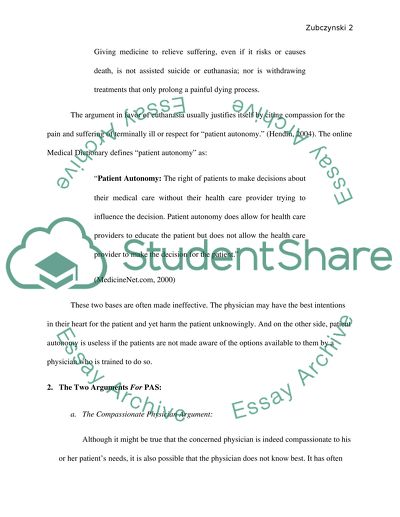Cite this document
(“Assisted suicide Research Paper Example | Topics and Well Written Essays - 2250 words”, n.d.)
Retrieved from https://studentshare.org/miscellaneous/1559604-assisted-suicide
Retrieved from https://studentshare.org/miscellaneous/1559604-assisted-suicide
(Assisted Suicide Research Paper Example | Topics and Well Written Essays - 2250 Words)
https://studentshare.org/miscellaneous/1559604-assisted-suicide.
https://studentshare.org/miscellaneous/1559604-assisted-suicide.
“Assisted Suicide Research Paper Example | Topics and Well Written Essays - 2250 Words”, n.d. https://studentshare.org/miscellaneous/1559604-assisted-suicide.


